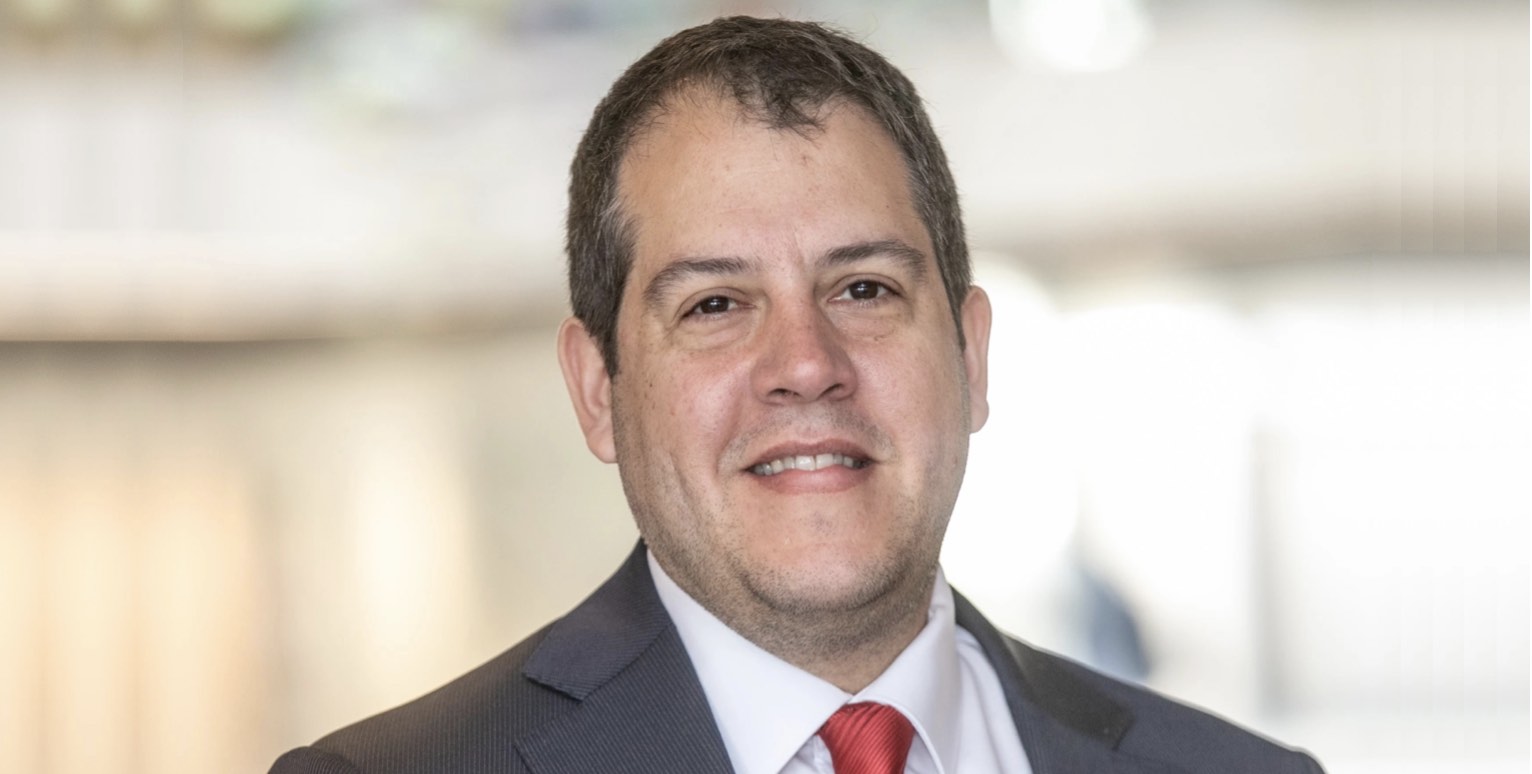By Hamlin Lovell, NordicInvestor
The Asset Allocation team at Handelsbanken Asset Management/Handelsbanken Fonder AB has around SEK 200 billion/EUR 20 billion of total assets under management. The team is mainly a fund-of-fund investor and invest in funds from both Handelsbanken and from external managers. There are currently 20 approved external managers. ESG is becoming an increasingly important part of the process for selecting all funds, including some that are clearly branded as ESG or impact investing strategies.
We spoke to Asset Allocation Product Analyst, Tobias Tallberg, to focus on how the firm’s evolving ESG policies apply to its selection of external managers.
“Managers must have an ESG policy and must be UN PRI signatories before we even start discussions with them. ESG and sustainability are part of our overall due diligence, which includes operational due diligence, ownership structures, history and so on”, says Tallberg. No minimum UN PRI ratings are specified, but it is important for managers to consider the UN PRI guidelines and send information to the UN PRI.
Handelsbanken itself also belongs to several other organisations: the local SWESIF (where Handelsbanken’s Head of Sustainable Finance at Handelsbanken Debt Markets, Tobias Lindbergh sits on the board), and three climate oriented groups: PACTA (the Paris Agreement Climate Transition Assessment), TCFD (Task Force on Climate Related Financial Disclosures) and the institutional investor initiative, Climate 100+. Handelsbanken encourages managers to sign up to these groups, but they are not compulsory.
Since 2018, Handelsbanken Asset Management has published a Climate Report in line with TCFD recommendations, which was signed off by the CEO and Head of Responsible Investment.
The 2019 report said that 90% of total AUM of SEK 639 billion (which also includes active and passive management) is managed with the firm’s fossil fuel exclusion strategy….”
Exclusions, transition and shorting
Fossil fuels are only one aspect of Handelsbanken’s policy on exclusions and negative screening, which is partly based on companies violating norms in the UN Global Compact. Beyond fossil fuels, it also excludes several industries including alcohol, tobacco, adult entertainment, gambling, oil sands, coal (both thermal and metallurgical) and controversial weapons. The threshold for exclusion is defined as 0-5% of revenues depending on the sector, and Institutional Shareholder Services (ISS)-Ethix is used to screen around 25,000 companies and flag up alerts. Out of those companies around 3,000 are excluded due to the negative screening.
On fossil fuels, exceptions are made for so called “transition companies”, which include energy companies or utilities transitioning their fuel mix from fossil fuels to renewables such as solar and water.
The exclusions do not all apply to hedge fund or absolute return fund managers’ short positions however. Only controversial and nuclear weapons are also excluded from the short investment universe, so Handelsbanken takes the view that it is acceptable to generate alpha by shorting the other excluded sectors.
Engagement, voting and transparency
Tallberg does not see any conflict between exclusion and engagement and prefers to see both policies. Handelsbanken’s internal strategies do engage directly with companies, but its asset allocation team does not engage with companies, because they are allocating to funds rather than directly into companies. But the allocators still engage with its external managers to encourage them
the transparency of managers’ reporting on engagement and voting could be improved, and managers in the alternatives space are particularly lagging….”
Carbon reporting
Carbon reporting is another area which leaves much room for improvement:“more managers are reporting carbon emissions, but most of them only report scope 1 and 2. Only one manager reports scope 3. We encourage managers to be as transparent as possible and would like to see this reported on monthly factsheets, websites etc”, says Tallberg. Nonetheless, the funds that the asset allocation team invests in are performing well based on at least one measure. Handelsbanken’s 2019 climate report shows that its chosen aggregate measure, Weighted Average Carbon Intensity (tCO2 e/mSEK Revenue) was 10 for 2019, compared to 23 for the global equity index, MSCI AW.
Defining impact investing
Handelsbanken’s selection of external managers is partly guided by their alignment with the 2030 agenda and the UN Sustainable Development Goals (SDGs). However, reporting on the SDGs is also subject to wide variations between managers.
Many managers highlight which SDGs they are working towards, but the reporting varies between managers. Some smaller funds with fewer holdings can actually give better reporting than larger funds with more holdings. There is no industry standard way to report SDGs…”
There is also no industry standard definition of an “impact investing” strategy. “It is a very popular label with many new fund launches labelled as ESG or impact investing, but as an analyst you need to deep dive into the strategy to understand if it is aligned with our definition of impact investing. We have seen examples of some “impact investing funds” that have had a big proportion of their portfolio in oil companies. We would rather provide a reverse enquiry for managers and give them our guidelines on how to design an impact investing strategy that meets our criteria”, he says. Handelsbanken Asset Allocation has invested in at least four externally managed funds that could be viewed as impact strategies: a Water & Waste Fund; Global Sustainable Equity Fund; EM Impact Bonds and Microfinance Fund.
Climate alignment
But it is worth stressing that Handelsbanken’s ESG criteria apply to all strategies, whether or not they are labelled as ESG or impact. In terms of climate alignment, Handelsbanken ideally wants all strategies to be aligned with the Paris Agreement’s central aim of limiting temperature increases to two degrees. ISS-Ethix can help to gauge the future temperature metrics of various portfolios, which can range from zero to six degrees.
Macro investing
ESG is most usually associated with investing in corporate securities, but it can be applied to macro strategies investing in government bonds or currencies. Handelsbanken Asset Allocation does not yet have any ESG criteria for these asset classes, but some of its internal and external managers are starting to develop their own approaches. For example, the EM Bond fund they have invested in is excluding countries on the UN Sanction list. “This is a good start”, says Tallberg, who admits that;
it is more difficult to determine how ESG might be applied to currencies, because trading a currency does not provide capital to a country in the same way as buying its bonds…”
Overall, Tallberg finds that Europe – and especially the Netherlands and the Nordic countries – is leading the way on ESG policies, whereas managers in the US and Asia will often need to improve their policies.
And he sees no good reason for managers to delay making these changes:
ESG is consistent with targeting higher risk adjusted returns. A good ESG profile lowers the risk of a portfolio, and the shift to lower carbon intensive activities will result in enormous capital flows and great investment opportunities…”
“Our goal is to create healthy returns on managed capital and to promote a sustainable development and future. As a significant investor, we have an important role to play in the realization of the SDGs and the targets of the Paris Agreement. We will do so by allocating capital into investments that contribute to achievement of the global goals and the transition towards a sustainable development. We therefore strive to increase the positive impact of our investments and thereby contribute to solutions to global sustainability challenges and contribute to achieving SDGs. At the same time, we strive to minimize the negative environmental and climate impacts of our investments”, sums up Tallberg.



